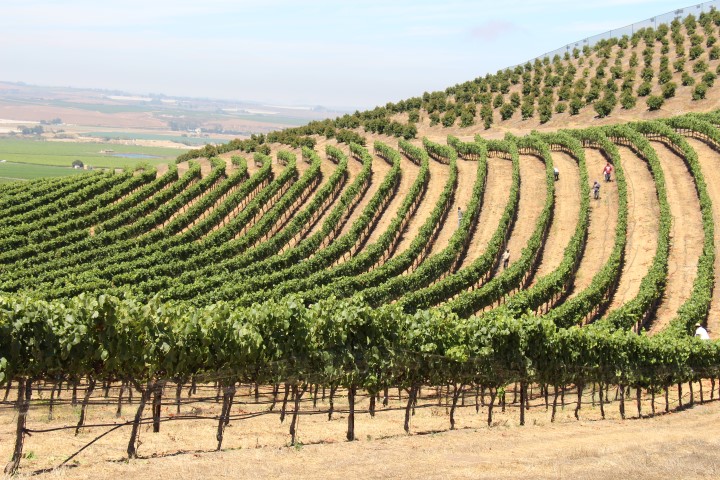
A Beginner Guide to Understanding Terroir
Published on 2024-12-27 by Emily Carter
When exploring the world of wine, you might come across the term "terroir." It’s a French word (pronounced “ter-wahr”) that describes how the unique characteristics of a specific place influence the wine made there. For newcomers to wine, understanding terroir can deepen your appreciation for the bottle in your hand.
At its core, terroir refers to the environment where grapes are grown, encompassing four main factors:
- Soil: Different soils—such as limestone, clay, or gravel—impact how vines grow and how they absorb nutrients. For example, chalky soils in Champagne give sparkling wines their crisp minerality, while clay-rich soils in Bordeaux enhance the boldness of reds.
Climate: Weather conditions like temperature, rainfall, and sunlight play a big role. Cool climates (e.g., Burgundy) produce wines with high acidity and delicate flavors, while warm climates (e.g., Napa Valley) yield fruit-forward, full-bodied wines.
Geography: A vineyard's location matters. Elevation can affect grape ripeness, while proximity to rivers or oceans moderates temperature, ensuring consistent growing conditions.
Human Influence: Though not part of nature, winemaking traditions—how vines are tended and how wine is crafted—are intertwined with terroir, making every bottle a reflection of its place.
Why does terroir matter? It’s what makes wines from different regions, or even neighboring vineyards, taste distinct. A Chardonnay from France will differ from one in California because of terroir.
As you explore wine, notice these differences. Savor how the soil, climate, and geography of a region express themselves in every sip. Terroir is a journey, one that turns drinking wine into an experience of the land itself. Cheers to discovering yours!
